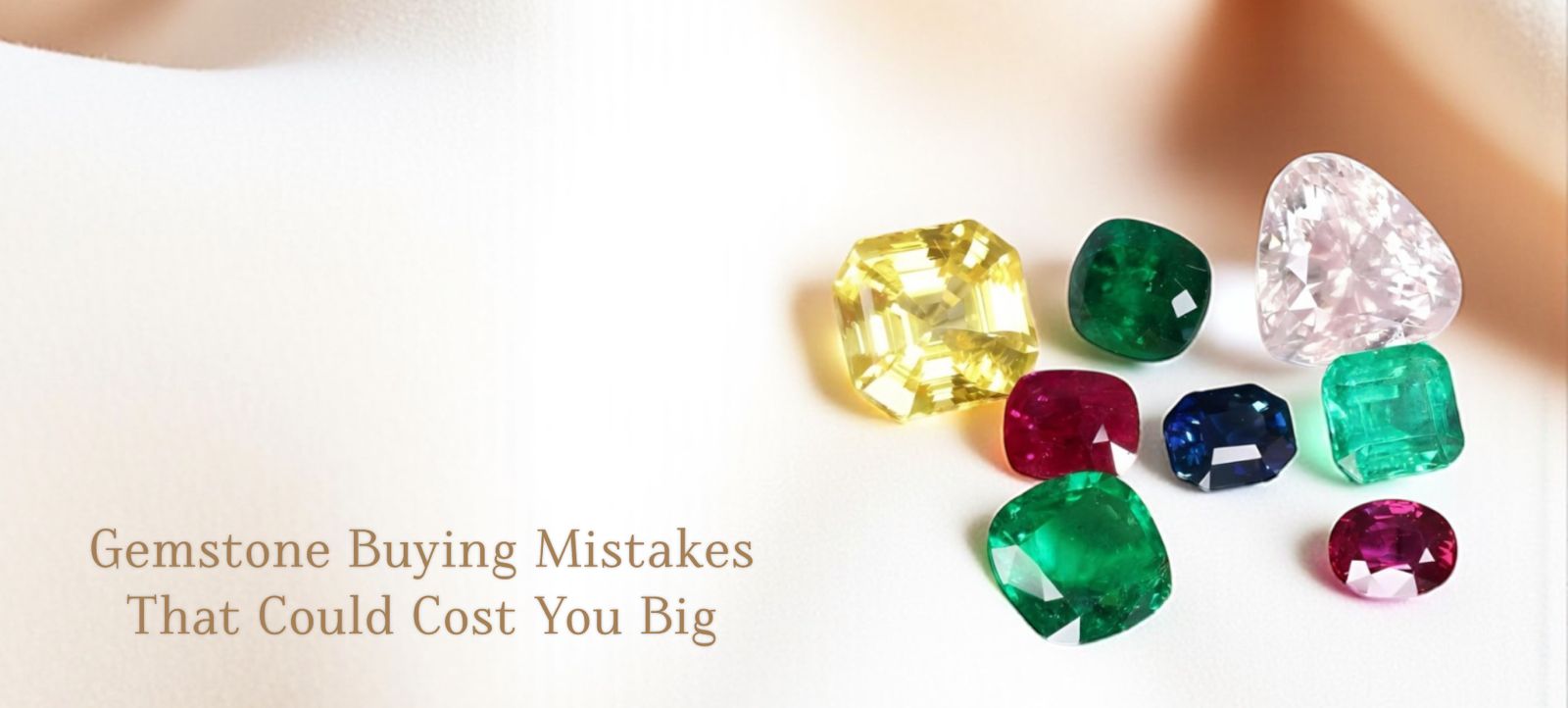 Categories
Categories 
Among the most frequently shared mistakes when purchasing gemstones happens to be the notion that carat weight is synonymous with size. However, the real thing is that a gemstone weight and a gemstone size are not interchangeable, and this differentiation can make or destroy a purchase, a setting, or your gemstone jewellery .
So what about the science, the art and the little intricacies between what a gemstone weighs, and how large it appears to be? Let's discuss in brief:
The weight of a gemstone is in carats - It is the unit rate of mass, but not volume or size in sight.
So, basically, the word carat means weight and not visual size. A carat is equated to the weight of 0.2 grams. The measurement remains the same among all gemstones; however, the distribution of that mass varies depending on the density and cut of the gem.
Interesting Fact - The term carat originates from carob seeds that were employed in the past as counterweights on scales.
The carat weight would be measured similarly in all gemstones, but it does not indicate how big a gem looks.
Also Read - How to calculate gemstone carat weight correctly?

Gemstone size or the size of the stone is actually how big the gem is by measurements - in other words, the physical size, measured normally by the length, width and depth of the stone, in millimetres (mm) as the unit.
The size is what you see when looking at a gemstone face up. It depends upon the cut, the shape and proportions of the gemstone, not its weight.
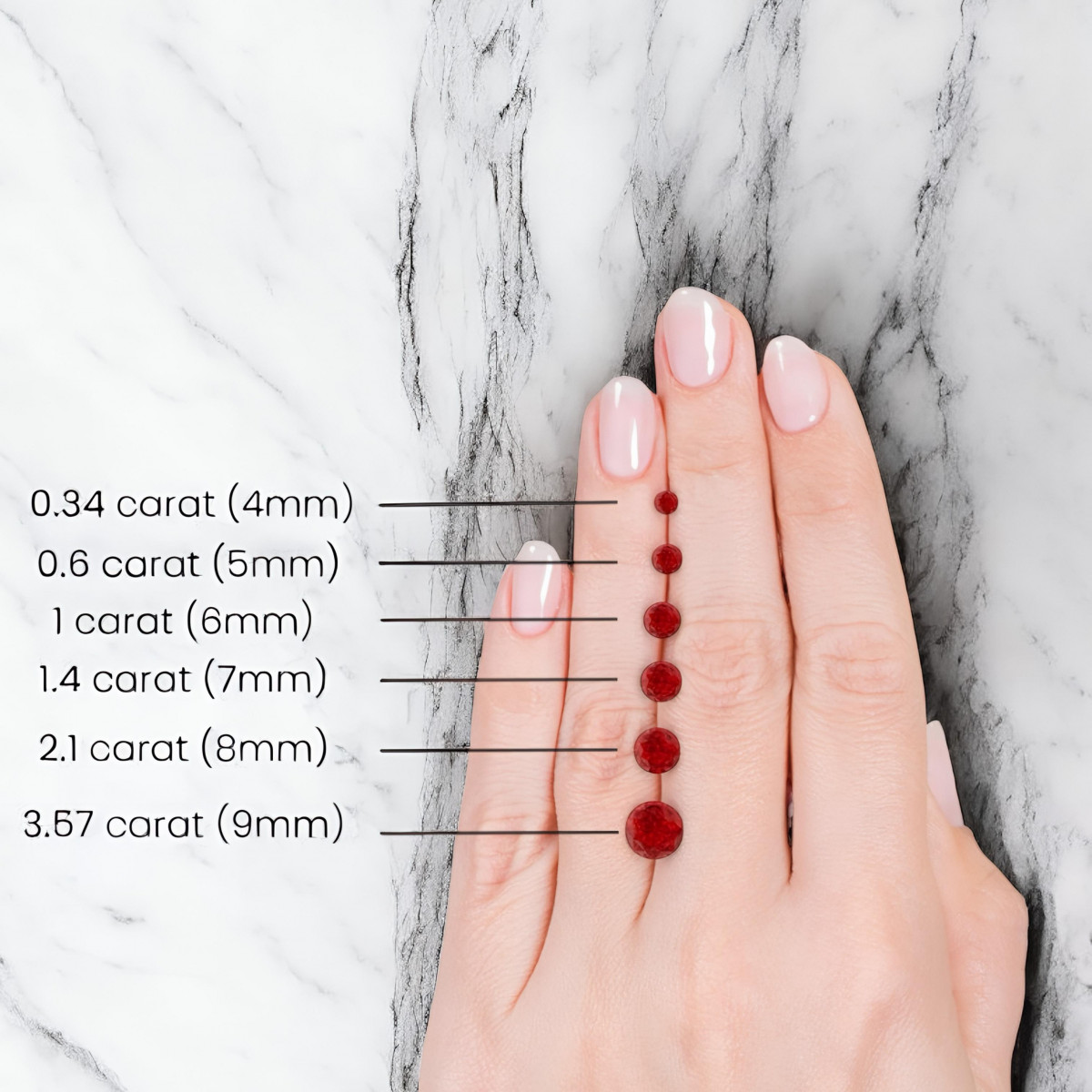
A gemstone depends so much on the cut because, depending on it is how big it will look. Some stones may be faceted deeply to increase the saturation of the color or shallow to increase the face-up size.
Deep-hackings : More weight is concealed on the pavilion (bottom), drawing the gem smaller on the top.
Shallow cuts: A larger area of a surface can be seen, thus giving the gem the impression that it is bigger-although this often sacrifices the brilliance or the depth of the colour.
Unlike diamonds, colored gemstones are frequently cut, not just to maximise brilliance, but to maximize color or yield. As an example, an aquamarine stone can be cut deeper in order to give it a darker color blue, making it smaller in size face-up.
More to Know - Does the Size of the Gemstone Matter?
Consider it in the following way: a 200g ball of cork and 200g ball of lead weigh the same, but they are highly different in size. That is also the case with gemstones.
|
Aspect |
Gemstone Weight |
Gemstone Size |
|
What it measures |
Mass (in carats) |
Physical dimensions (in mm) |
|
Consistency |
Fixed (1 ct = 0.2g) |
Varies by cut and density |
|
Influenced by |
Specific gravity (density) |
Cut style, depth, and proportions |
|
Visual impact |
May not reflect actual size |
Determines how big the gem looks |
|
Example |
A 1 ct sapphire looks smaller than a 1 ct diamond |
A 6.5 mm round diamond = 1 ct |
Two gemstones of identical carat weight can have a very different appearance in size, depending on differences in density (specific gravity) and of cut proportions.
Sapphire stone and ruby stone are denser compared to diamonds; therefore 1-carat sapphire will be smaller than a 1-carat diamond.
This should not be overlooked when selecting gemstones in jewellery settings or even in astrological applications, where the apparent size and even energetic density can be of value.
Before buying, you should make sure that you are choosing correctly.
The proportions of diamonds cut are considered when many ring settings are made. So, when you are purchasing a 1-carat sapphire/ruby, it would not fit in a setting used in a 1-carat diamond.
That is why jewellers can suggest selecting colored gemstones according to millimetre size rather than carat. It depends on what stone is being used; a 6.5 mm round diamond should weigh approximately 1 carat, a 6.5 mm sapphire may weigh 1.3 carats, and the same 6.5 mm emerald stone may only weigh 0.95 carats.
Read More - Gemstone Shapes vs Gemstone Cuts
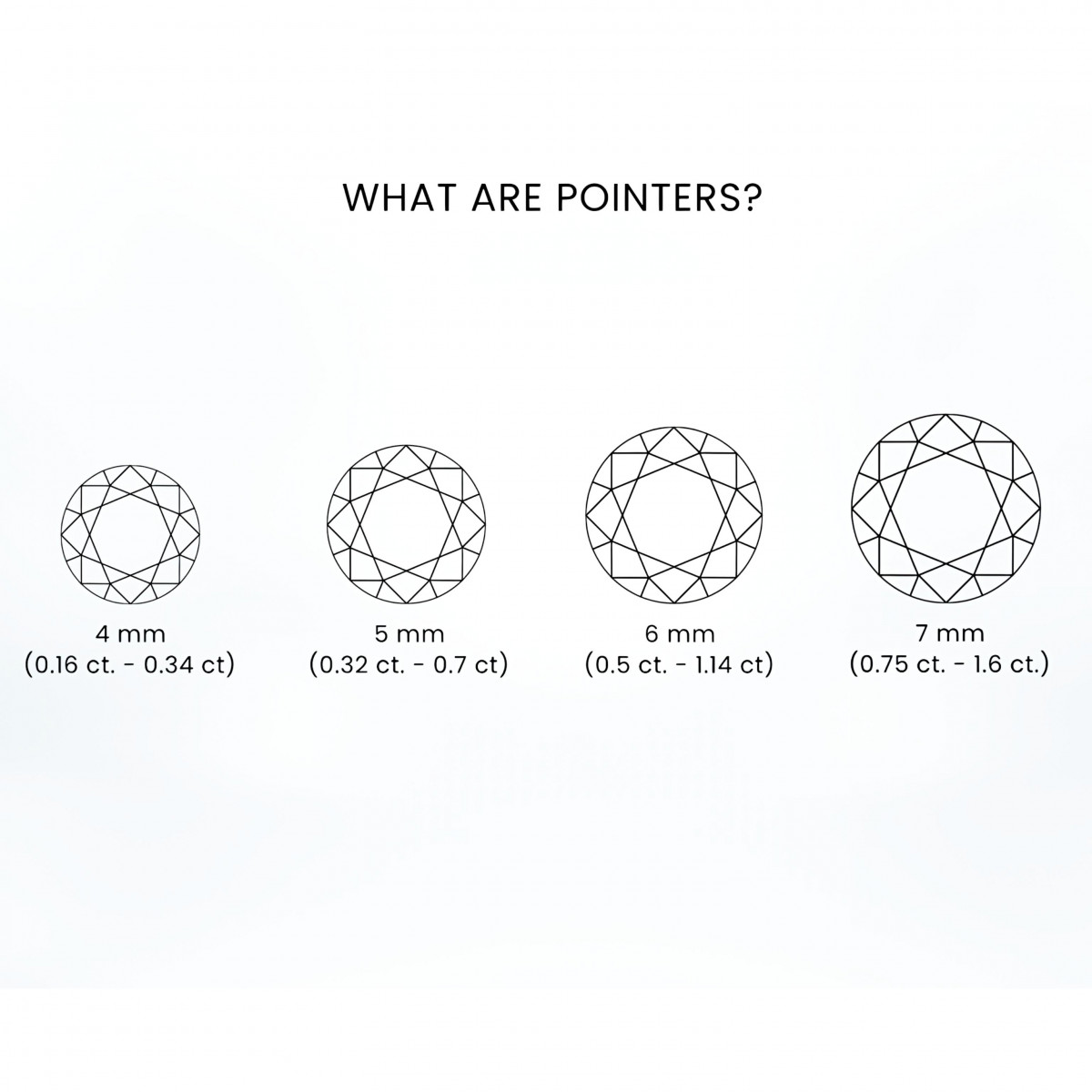
This will make sure you are getting the appearance size you are expecting, and ensure that you get the proper fitting stone in the setting of your choice.
Further Reading - Importance of Gemstones in Astrology
Knowing the difference between the weight and size of a gemstone will enable you to make better and more satisfactory decisions, be it to purchase based on the beauty, energy, or even the combination of both.
Next time you compare two 1-carat stones, keep in mind that it is not all about how it weighs but also about the way it is cut, what it will consist of and how it is supposed to sparkle.
Want more details? Get in touch with our experts at Navratan, an online gem bazaar.
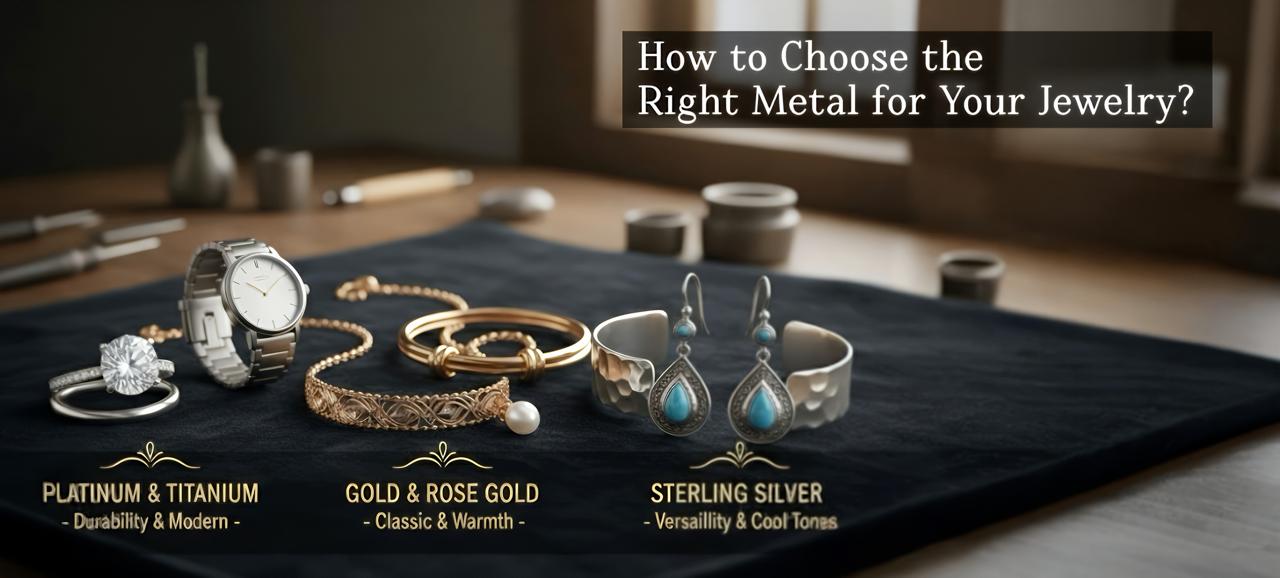
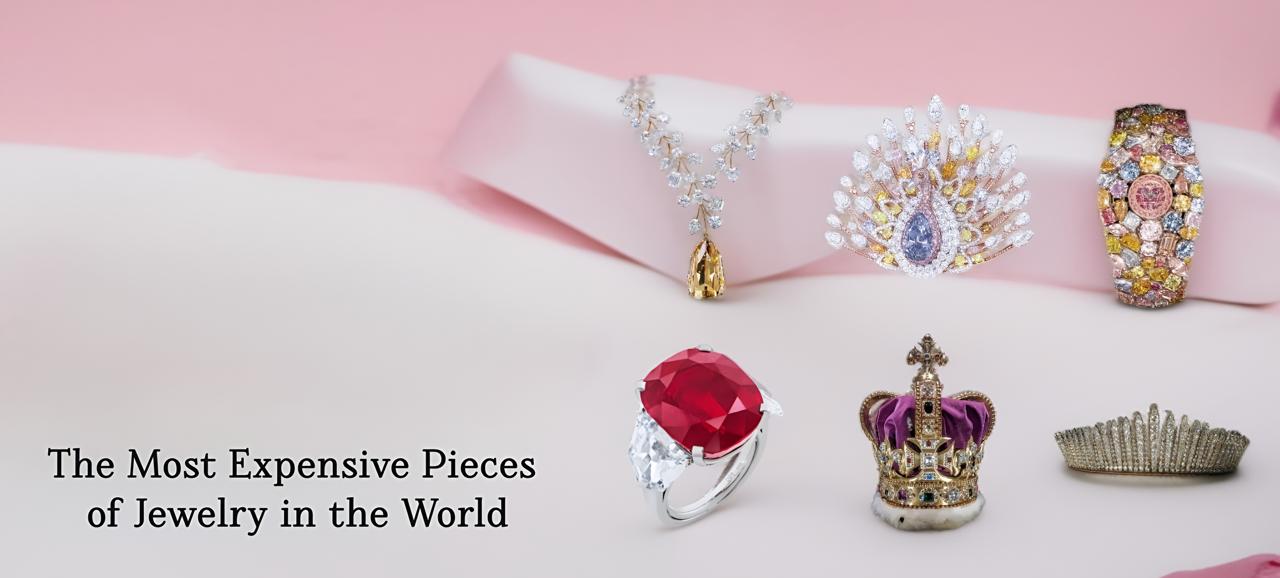

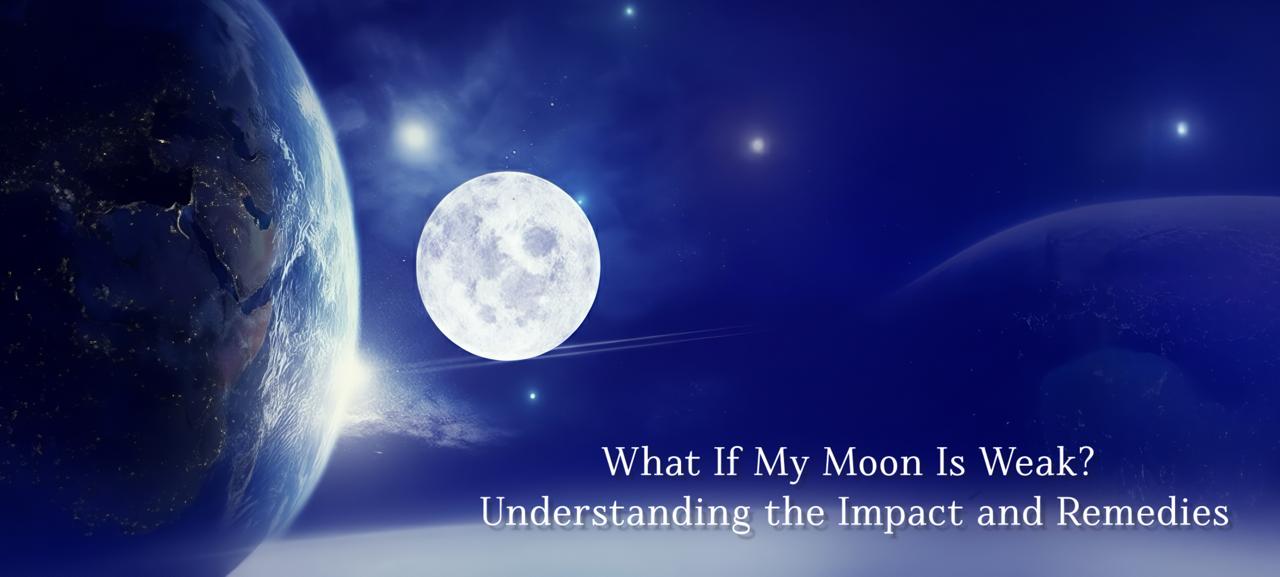
What If My Moon Is Weak? Understanding the Impact and Remedies
October 2nd, 2025